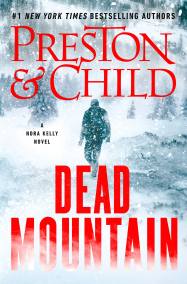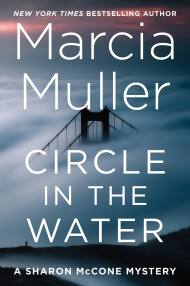Promotion
Use MOM24 for 20% off site wide + free shipping over $45
Gravity
Formats and Prices
Format
Format:
US-Tall Rack PaperbackThis item is a preorder. Your payment method will be charged immediately, and the product is expected to ship on or around June 29, 2021. This date is subject to change due to shipping delays beyond our control.
Also available from:
Dr. Emma Watson’s lifelong dream of working and studying aboard the International Space Station has finally come true. But it quickly becomes a nightmare when a culture of single-celled organisms begins to regenerate out of control–and infects the crew.
Emma must contain the outbreak and prevent as many deaths as possible while, back on Earth, her estranged husband is frantically working with NASA to bring her home. But with a contagion threatening all of humanity, there will be no rescue.
“Thrilling…fast-paced, scary, and loaded with insider information” (The Plain Dealer, Cleveland), Gravity is an unputdownable thriller that will keep you on the edge of your seat until the final page.
- On Sale
- Jun 29, 2021
- Page Count
- 416 pages
- Publisher
- Pocket Books
- ISBN-13
- 9781982172176
By clicking 'Sign Up,' I acknowledge that I have read and agree to Hachette Book Group’s Privacy Policy and Terms of Use




